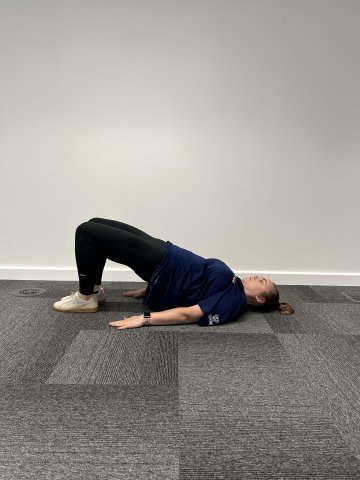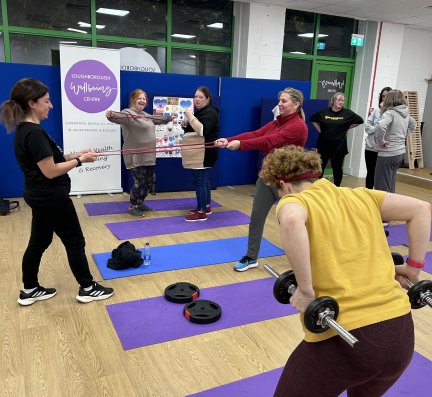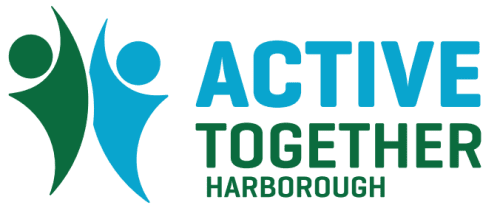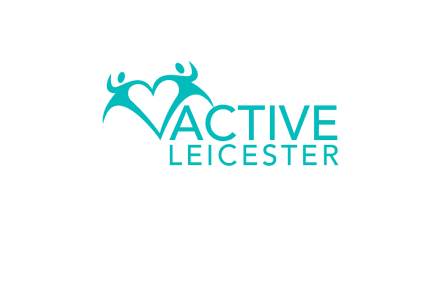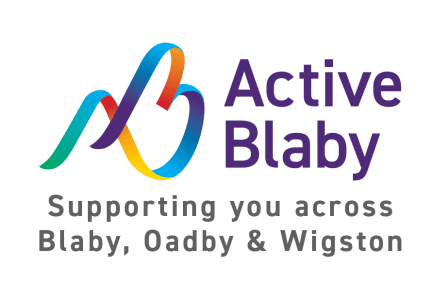Posted: Thu, 23 Nov 2023 12:00
Physical activity is crucial for maintaining overall health and well-being, yet many women find themselves facing barriers that hinder their participation. One significant obstacle that often goes unspoken is pelvic health issues.
From bladder leaks to pelvic floor dysfunction, these challenges can impact women at various stages of life, discouraging them from engaging in the activities they love.
In this post, we'll delve into the reasons why women may drop out of physical activity, explore the importance of pelvic floor health, discuss pelvic floor exercises and how to perform them, and emphasize the broader implications of pelvic health throughout a woman's life.
So, what is the pelvic floor? The pelvic floor is a group of muscles that form a supportive hammock-like structure at the base of the pelvis. Situated within the pelvis, the pelvic floor muscles stretch between the coccyx (tailbone) and the pubic bone. These muscles provide crucial support for the bowel and bladder, and in females, they also support the uterus and vagina.
Pelvic floor health is vital for women's overall well-being. A strong and well-functioning pelvic floor not only helps prevent issues like bladder leaks but also contributes to core stability, proper posture, and sexual satisfaction.
Despite the numerous benefits of physical activity, women may encounter specific pelvic floor challenges that deter them from participating. One prevalent issue is bladder leaks, a condition that affects a significant number of women. The fear of embarrassment due to bladder leaks during exercise can lead many women to avoid physical activity altogether. As well, according to some estimates, up to 50% of women will develop pelvic organ prolapse (POP) over their lifetime, (National Library of Medicine). However, the actual prevalence may be higher, with women feeling shame to discuss this with their doctor or feel that this is normal, which is sadly a common misconception after pregnancy, giving birth and getting older.
A prolapse occurs when the pelvic floor muscles are weakened and the pelvic organs can bulge (prolapse) from their natural position into the vagina. Sometimes the prolapse can be so severe that it can protrude from the vagina. You can read more about potential signs and symptoms of prolapse here.
Pelvic floor exercises (also known as Kegel exercise) are a proven way to strengthen the pelvic floor muscles. These exercises involve contracting and relaxing the muscles of the pelvic floor to improve their tone and function.
Regular practice can enhance bladder control, support pelvic organs, and even alleviate symptoms of pelvic floor dysfunction. Every woman deserves support to improve their pelvic floor, from women who want to start before childbirth as a preventative measure, to those who suffer from conditions such as incontinence and unsatisfactory vaginal sexual satisfaction perhaps related to their perimenopause and menopause.
How to Perform Pelvic Floor Exercises:
- Identify the Muscles: Begin by identifying where your pelvic floor muscles are. You can do this by stopping the flow of urine midstream (please only try this once as doing it too often can cause urinary infections ), and by squeezing the muscles that prevent passing wind.
- Isolate the Muscles: Once identified, focus on isolating these muscles. Breathe normally throughout the exercise. Tip – if you count out loud you cannot hold your breath.
- Perform Contractions: Contract the pelvic floor muscles and hold for a count of three to five seconds. Gradually increase the duration as your muscles become stronger to get to 10 seconds.
- Relax and Repeat: Relax the muscles for 5 seconds and then repeat the process. Aim for at least 10 repetitions.
- Finish with 10 Fast Kegels
- Aim to do 2 to 3 sets per day.
While pelvic floor health is often associated with issues like bladder control, it's crucial to recognize its broader impact on women's well-being.
Pelvic health is interconnected with hormonal changes, particularly during perimenopause and menopause, when decreasing oestrogen levels can affect the strength and elasticity of pelvic tissues.
Oestrogen plays a vital role in pelvic floor health but is a hormone that naturally decreases for all women when they reach perimenopause and subsequent menopause. Low oestrogen can cause problems, including vaginal dryness, irritation and risk of infection, making intimacy less appealing, all of which can increase stress and decrease confidence. You can find out more about how an Active Menopause can help to manage these symptoms here.
Overall, promoting pelvic health is essential for empowering women to overcome barriers to physical activity and live life to the fullest. By understanding the importance of the pelvic floor, engaging in targeted exercises, and recognizing the broader implications of pelvic health, women can take proactive steps to enhance their overall well-being.
Together let's break the silence surrounding pelvic health, encourage open conversations, and empower each other to prioritize our well-being throughout every stage of life.
Article written by Julie Čolan, founder and campaigner of Secret Whispers. Julie is an advocate for raising pelvic floor awareness and helping women to remain active. Her mission is to create National Pelvic Floor Awareness and provide women with the education and support they deserve to help prevent pelvic floor conditions. Her website offers additional support and resources: www.secretwhispers.co.uk.
More information: LLR Girls Can


